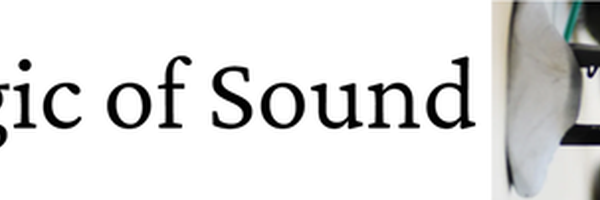"The magic of sound"
Grade 7
Presentation
No video provided
Hypothesis
Hypothesis
Pinpointed Ultrasonic Sound waves Can Effectively levitate objects in space/mid-air.
Research
Research
Physics girl- Inspiration No.1 https://www.youtube.com/watch?v=ABjRnSYw-4k&t=498s
Brusce drinkwater-Inspiration No.2
We also looked at already existing models and found that by using frequencies above 20 kilohertz that firstly we won't hurt our ears and secondly a high frequency like 40 kilohertz that moves at higher speeds and waves are more frequent would result in more stable levitating.
Variables
Variables
Controlled- how far the transducers are away from each other and how many transducers there are in the Aray
Responding-what frequency is required to levitate different objects and what objects can be levitated using certain frequencies
Manipulated - what objects can be levitated at what frequency
Procedure
Procedure
- Assemble the levitator
- Program the control unit or set signal generator
- Power on the devices
- Use tweezers or mesh to slowly move objects between ultrasonic transducers
- Then objects “hopefully” Levitate Our objects
First Assemble the levitator if required (remembering to test certain parts polarity).Then program device if necessary. When you are ready, power on the device, use a mesh or screen net to place tissue in the levitating area where you predict the nodes in the waves or cancelation areas to be, you may also be able to use tweezers. If objects fall check signal generating devices and connections and try again. You also may need to check the transducers/ultrasonic speakers. Now you can play with different frequencies.
Observations
Observations
May Vary*
Currently our tests have not shown us any signs of levitation though power and frequencies are generated and are functional.
Analysis
Analysis
May Vary*
This is a very difficult task to complete.
Though it is still possible and should be very useful for testing on small objects
Conclusion
Conclusion
May Vary*
Currently up to this point we have found that this is a difficult task to accomplish, as easy as some make it seem. Up to this point, testing has failed due to reasons we are still unsure of. But our conclusion will vary as we continue to test.
Application
Application
In a lab environment, Sound waves can Hold insects and small objects for experimenting on without damaging them.
Sources Of Error
Sources of error
- Transducers working.
- Signal generation/wave generation is occurring.
- Secure and valid contacts and connections
- Power source is stable.
- We are testing properly
Citations
Firstly, we would like to say thank you to the judges at CYSF and to also our fellow participants, thank you all for coming in. We wish you luck at the awards ceremony.
Acknowledgement
Acknowledgement
In the spirit of reconciliation, we acknowledge that we live, work and play on the traditional territories of the Blackfoot Confederacy (Siksika, Kainai, Piikani), the Tsuut'ina, the Iyare Nakoda Nations.
We also acknowledge Dr young who helped us along the way and to lees and Emmett’s parents Craig and Michelle heynen and Jay Vizer and Angela Lee.

